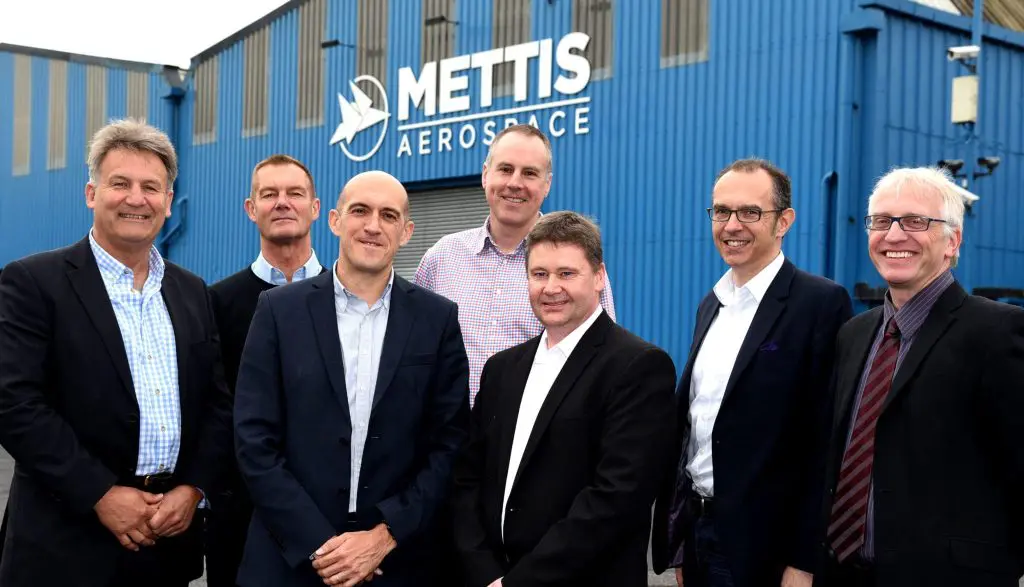UK-based Mettis Aerospace, manufacturer of components for the likes of Airbus, Boeing and Rolls-Royce, is to test Wi-Fi 6 for connecting industrial machines and processes. The Wireless Broadband Alliance said the trials represent the first of Wi-Fi 6 for enterprise and industrial internet-of-things (IoT) cases.
Wi-Fi 6, based on the IEEE 802.11ax standard, is designed for high-density user environments like stadiums and transportation hubs. It features uplink and downlink OFDMA, 8×8 multi-user MIMO and 1024 QAM. Analyst house ABI Research reckons Wi-Fi 6 is poised for significant near-term adoption in the market.
ABI Research expects smartphone support for Wi-Fi 6 from 2020. While the latest Wi-Fi standard has a little more tweaking before it’s finalized, vendors including Qualcomm, Broadcom, Marvell, Intel and others have pre-standard chipsets in-market. Boingo Wireless has just announced a commercial trial of the latest Wi-Fi generation at John Wayne Airport in Orange County, California.
Mettis Aerospace will work with members of the Wireless Broadband Alliance to test several use cases on a Wi-Fi 6 network at its 27-acre facility in the West Midlands, in the UK. These members include British Telecom, Boingo, Broadcom, BSG Wireless, CableLabs, Cisco, HPE Aruba and Intel.
The trials, the first of a series of Wi-Fi 6 tests in industrial settings around the world, will form part of the UK’s 5G Testbed for manufacturing and security, funded by the UK Government’s Department for Digital, Culture, Media & Sport, and managed in the West Midlands region by the Worcestershire Local Enterprise Partnership.
The first trials will be of multi stream live video monitoring, real time energy monitoring, ultra-reliable low latency communications with sensors on critical systems, and augmented reality for trouble shooting. They will demonstrate the role that Wi-Fi 6 has to play in the broader 5G ecosystem, as part of a wider platform digitise Mettis’ production line. They will start in the second half of 2019.
The Mettis Aerospace environment is challenging from a connectivity perspective, said the Wireless Broadband Alliance, with a large geography to be covered, and industrial radio interference that can disrupt signals. Certain applications will require high bandwidth, certain applications will require low latency and mission, and certain others demand a clear prioritisation for data.
Tiago Rodrigues, general manager at the Wireless Broadband Alliance, commented: “Wi-Fi 6 is a critical component for the future of connectivity for enterprises, operators and consumers. [This] work… will clearly illustrate the role that Wi-Fi 6 has to play… This first trial will serve as an example to industrial manufacturers around the world who are embracing the move to ‘industry 4.0’ about the capabilities to deliver transformation with Wi-Fi 6.”
Dave Green, head of IT at Mettis Aerospace, said: “Industrial manufacturers work in incredibly complex environments, which can make cellular technologies challenging to deploy and operate effectively. We believe that Wi-Fi 6 has a significant role to play within the 5G ecosystem, enabling a range of, cost-effective, industrial applications.”

Mark Stansfeld, chair of the Worcestershire LEP, said: “We see 5G and Wi-Fi 6 as complementary technologies that will revolutionise industry on a regional, national and global scale… This is an important step in the evolution of next generation technologies that will completely transform UK industry.”
Matt MacPherson, chief technology officer for Wireless at Cisco, said: “Wi-Fi 6 has inherent capabilities that enables wireless to be more deterministic, which is important for mission-critical IoT assets being used in manufacturing automation. When we look at mission-critical IoT programs, and accelerating digitization initiatives, we also need to keep security top of mind. The ability to enforce policy through Wi-Fi 6 scheduling and segmentation means much better control over these environments.”
